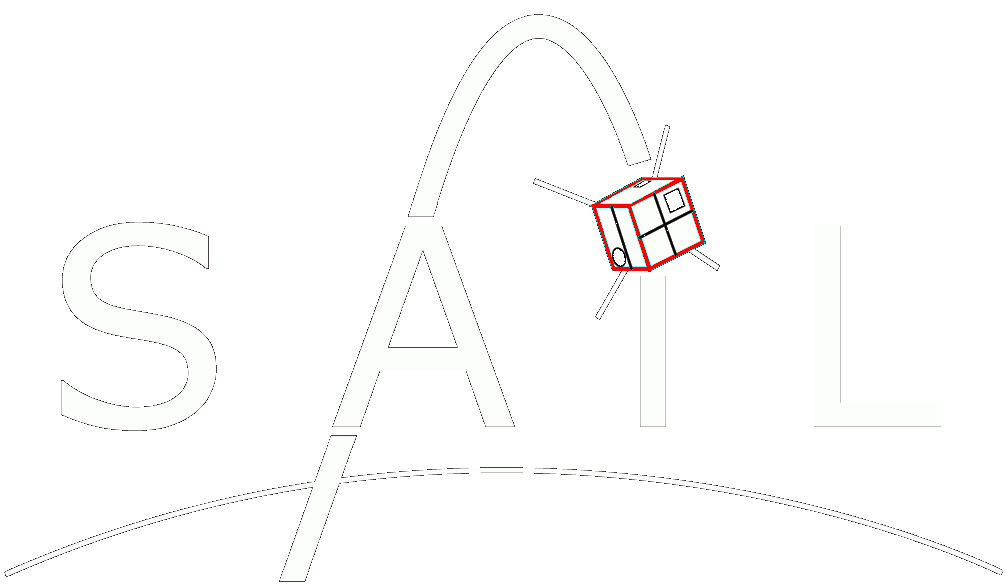mDCP Data from WADIS Sounding Rocket Campaign
The left most plot below shows the current vs altitude profile. At first glance it does seem that Steel (in green) current collection is always the greatest. But the plots on its right show current ratio of various surfaces which is clearly indicative of distinction due to triboelectric current collection. This region in the upleg profile is indicative of a severe biteout, and a PMSE was observed at the same altitude from ground based radar. The third plot from left below shows the current from the Steel sensor normalized at 100 km to the absolute electron density derived from the faraday rotation instrument. Also plotted is the density derived from the Plasma Ion Probe which is a fixed bias spherical Langmuir probe in the ion saturation region. The 82-87 km region is clearly indicative of an electron biteout. Finally the right most figure below presents the results of analysis of the currents from the various sensor surfaces as outlined in the middle panel of the poster. The inferred sodium density from in-situ mDCP measurements is overlayed with ground based sodium lidar measurements . The densities are on the same magnitude. Note that the measurements were not common volume.
Full detail of the instrument can be found in AGU Fall Meeting 2015 poster.


